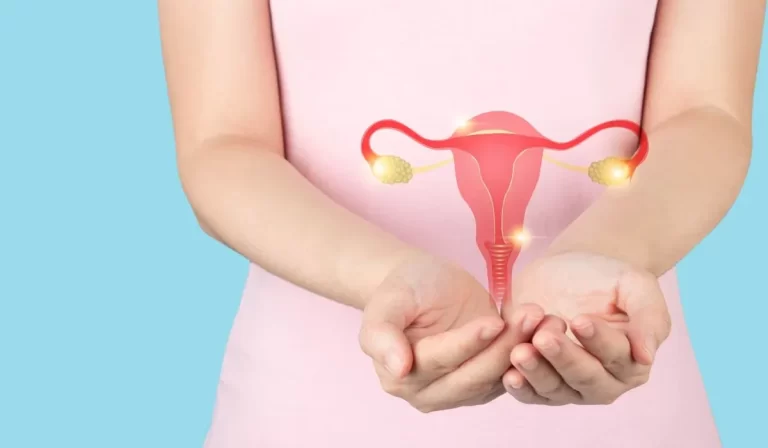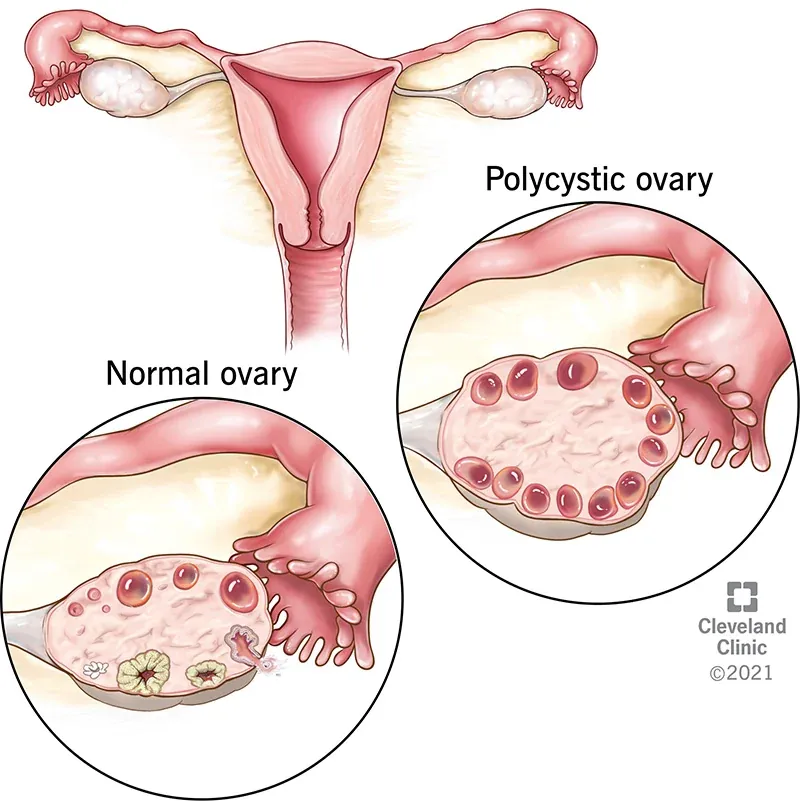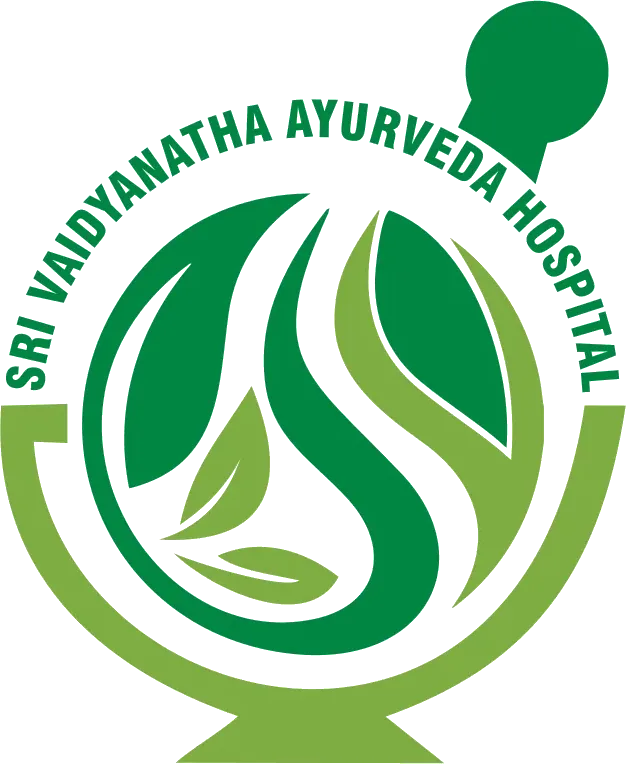
The Provincial rate of PCOS is 11.3 (7.69 – 15.51)mg the random effect. PCOS is one of the most common causes of female infertility. Usually it affects the woman at the child bearing age, but in this present era, it is one of the burning menstrual disorders with varied symptoms in adolescence and post-menopausal women.
Menstrual dysfunction typically occurs in PCOS, ranging from absence of menses to heavy bleeding. As a result, patients with PCOS exhibit anovulation. Even in hyperandrogenic women with regular menstrual cycles, the rate of anovulation is about 20%. Severe cases in the teenage years appear to be common findings of PCOS. Obesity is found in over 50% of patients with PCOS. The body fat is typically deposited Centrally (android obesity) and higher waist to hip ratio indicates an increased risk of diabetes mellitus and cardiovascular disease. in later life, insulin resistance and hyper insulinemia are commonly exhibited in PCOS. Insulin resistance is now recognized as a major risk factor for the development of type 2 Diabetes mellitus. Abnormal lipoproteins are common in PC OS and include elevated total cholesterol, triglycerides and low density lipoprotein (LDL) and high density lipoprotein (HDL). Other observation in woman with PCOS includes an increased incidence of hypertension over the years that reaches a 40% incidence by menopause, a greater prevalence of atherosclerosis and cardiovascular disease, and an estimated four-fold, increased risk of myocardial infraction.
Sri Vaidyanatha offers a complete remedy for the current situation of PCOD. According to Ayurveda, it is an Avaranajanya Avastha. ‘Avarana’ indicates the alteration in proper functioning of HPO (Hypothalamus Pituitary Ovarian Axis), hyper androgenic state of the body etc. It can be treated with the treatment principle ‘shodhana’ (Purification therapy), Internal (Abhyanthara) and Bahya (External) chikilsa. Bahya chikilsa includes Udwartanam (scrubbing the body in medicated powder), steam bath, various types of kizhi methods etc. It helps to control the weight gain in obese PCOD patients. It regularizes the fat deposition in cases of patients with Android obesity. Abhyanthara chikilsa includes panchakarma therapeutic procedures such as Snehana (intake of medicated ghee in particular amount based on the condition of patients and diseases),Vamana ( emesis treatment), Virechana ( purgation treatment), Basti chikilsa (different types of oil enema and kashaya enema).


It helps to restore the normal estrogen levels, balances the ovulatory dysfunction, reduces the insulin resistance of the body. It helps in modulating ovarian dysfunction and promotes ovulation . Furthermore, it reduces the growth of follicular cyst in PCOS. Moreover, most of the ayurvedic herbs which are used in the treatment plan are rich in phytoestrogens. It improves the physiology of HPO axis and normalizes the menstrual cycle.
Thus, the main factors which are needed for the formation of healthy progeny can be achieved through this. Thus, the other gynaecological conditions like endometriosis, ovarian cysts, uterine fibroids etc can be treated through this treatment principle effectively.
